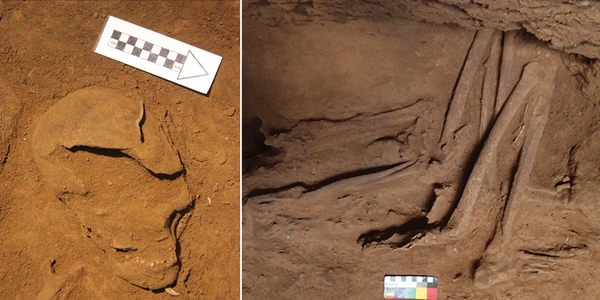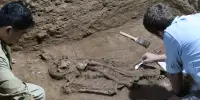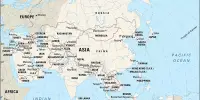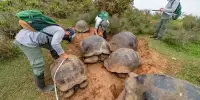Researchers discovered three bodies dating from 7,500 to 13,000 years ago on Indonesia’s Alor Island, shedding new light on the burial practices and migration of the earliest humans in island Southeast Asia.
The discovery of three bodies dating from 7,500 to 13,000 years ago on Indonesia’s Alor Island by researchers from The Australian National University (ANU) sheds new light on the burial practices and migration of the earliest humans in island Southeast Asia. Dr. Sofia Samper Carro, the author of a new paper published by PLOS ONE, stated that the three burials are significant because the positioning of each body demonstrates a different mortuary practice.
According to Dr. Samper Carro, this could be related to multiple migratory routes that passed through the area thousands of years ago. “Burials are a unique cultural manifestation to investigate waves of migration in Southeast Asia from the terminal Pleistocene to the Holocene period,” said Dr. Samper Carro.
Our findings add to the growing body of literature describing prehistoric socio-cultural behavior in this region by providing significant new data for understanding the evolution and diversification of burial practices in mainland and island Southeast Asia.
Dr. Samper Carro
“Our findings add to the growing body of literature describing prehistoric socio-cultural behavior in this region by providing significant new data for understanding the evolution and diversification of burial practices in mainland and island Southeast Asia.”
Dr. Samper Carro and the international team of researchers from ANU and the Gadjah Mada University in Indonesia uncovered more than 50,000 bones. This included the three bodies, one with extremities that were intentionally removed before burial, and two more individuals placed in a seated, and flexed (on side) positions.
“Our first excavations in 2014 revealed fish hooks and a human skull that was over 12,000 years old,” said Dr. Samper Carro.

“When the Australian-Indonesian team returned to excavate the original burial in 2018, they discovered two more bodies buried in different positions above each other. The three unusual and intriguing burials demonstrate different mortuary practices, which may be related to recent discoveries of multiple migratory routes through the Wallacea islands thousands of years ago.”
Dr. Samper Carro stated that while the process of studying each item was delayed due to the COVID-19 pandemic, the wait was worthwhile.
“Once we realised we had uncovered such unique findings, I had a very long process of studying each and every piece. We called this paper The Talking Dead because of the stories each pieces tells,” Dr Samper Carro said. “We’re very pleased to present a paper that shows how burial practices can complement data on genetic diversity from one of the current research hotspots in Southeast Asia.”
Burial practices can provide scientists with information about ancient cultures’ migratory patterns. Similarly, these practices may have evolved locally, which is why Carro believes that additional research to characterize mortuary practices in the region will help provide greater accuracy to her findings.
“Further research in areas such as biomolecular anthropology, diet practices, or the types of tools used in burial rites will allow us to collect more data,” she says. “These future efforts will provide us with deeper insights into the lifeways of these communities.”
















